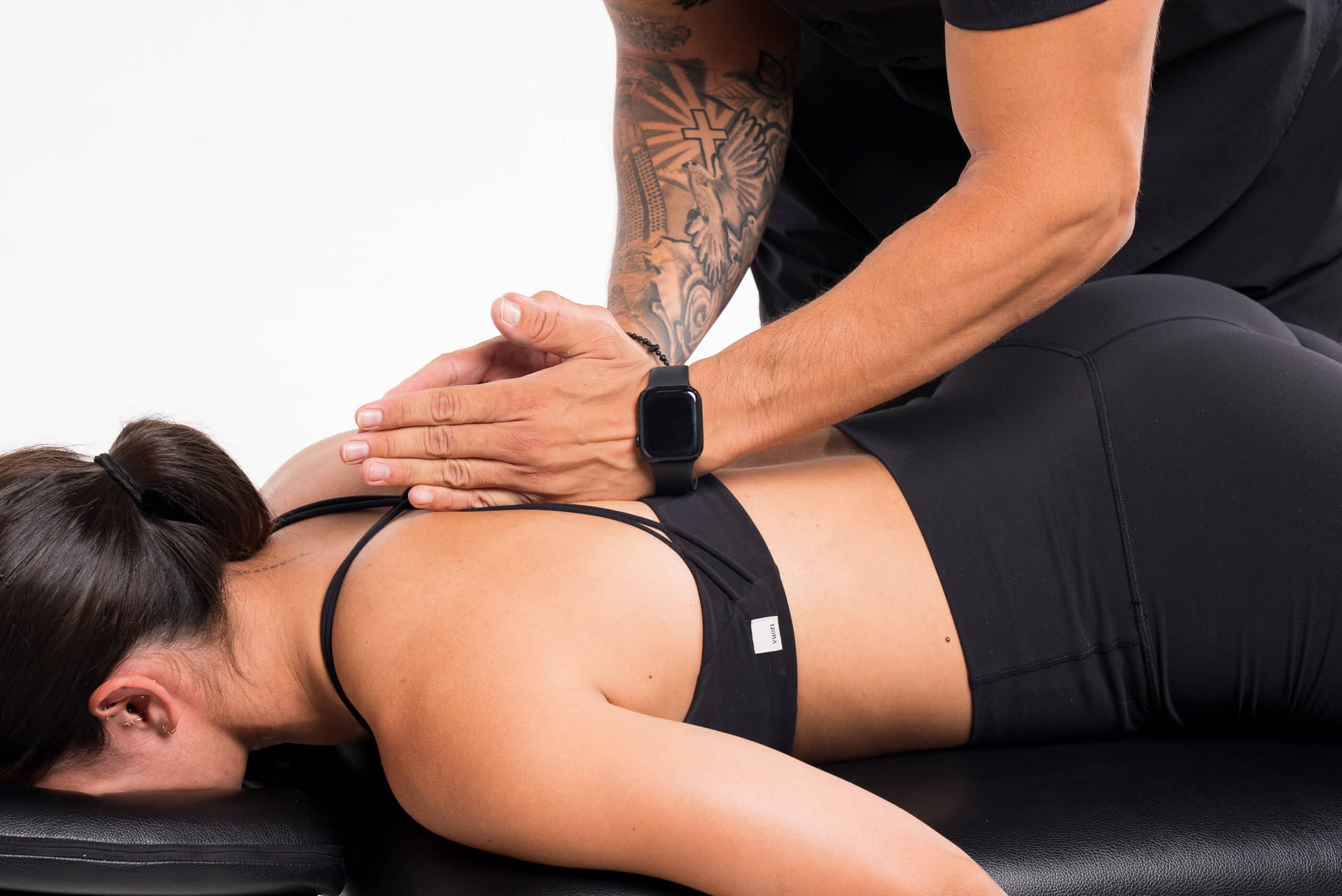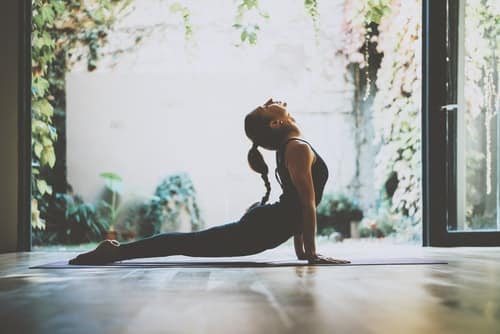If you want to run a faster foot race, here’s two tips on how to take a step in the right direction.
1. Stride Rate
If you look at videos of world-class runners, you’ll notice that they are really fast and they have quick steps, and as a result their head barely moves up and down as they run — generally it stays fairly level. Why is this important? For two reasons:
1. They are spending less time in the air (they use less vertical force)
2. It is extremely efficient
Because they are spending less time in the air, they are using less energy to propel themselves upwards, and using more energy to propel themselves forwards. After all, the finish line is in front of you, not above you. Your calves, achilles tendon, and glutes are the primary movers when running – if you bounce/bob a lot as you run, you are wasting the energy they are providing you.
Not only is this inefficient, it also promotes injury. Every time your foot hits the ground you are placing stress on your feet, shins, knees, and hips. Depending on your pace (and stride), it is generally 3-5x your body weight on one leg. So logically, if you are bouncing, and not smooth as you are running, then you have to absorb all of that extra force into those movers. Extra energy to propel yourself upwards, and extra force incurred on your legs on the way down. Doesn’t really add up does it?
Watch different runners on the treadmill, and you’ll notice different running gaits. You’ll see (and hear) the bouncers; it doesn’t look easy or natural. It looks tough. And you’ll see the gliders; the runner’s who take smaller, quicker, and smoother steps — they make it look easy. Once you master your stride, it will be easy!
→ The Stride Rate Remedy
A good elite distance runner has a stride rate of around 180 steps per minute. This means their right and left foot each hit the ground 90 times/minute. This great stride rate is a product of correct training, and pace. The faster you run the faster your stride rate will be, but you can still increase your stride rate without running a 4-minute mile. And actually, running an eight-minute mile at 180 steps/minute is awkward and tiring. Right now just focus on gradually increasing your current stride rate so that you feel comfortable and light on your feet. These two exercises will help train your body to run smoother and more efficiently.
Make sure you get a thorough warmup before going through these exercises. They also place a large load on the joints, so do not perform them if you have lower-body injuries
Downhill running
Find a hill with a shallow grade, around 10-15%, preferably on a soft surface. 100m should be plenty long enough. Slowly ease into running down the hill. Don’t land on your heels, land on your midfoot, with your feet directly underneath your hips. Lean forwards, down the hill. Pump your arms a little bit. As gravity pulls you down the hill, your legs will start to move faster than they are used to. This is what we want! It might feel like you are out of control – just focus on pumping your arms and keeping your feet underneath of your hips. Slowly decelerate at the bottom of the hill, walk to the top, and repeat 8-10 times.
Plyometrics
A 2006 study published by the Journal of Strength and Conditioning Research showed that short term plyometric exercise improved running economy in highly trained middle and long-distance runners jump to get fit the power of plyometrics. This is likely due to the fundamental basis behind lower-body plyometrics: performing powerful movements fast, and spending as little time on the ground as possible. By training the body to be light on it’s feet, you’ll spend less time on the ground and more time propelling yourself forwards.
These are advanced! Make sure you are adequately warmed up, and able to handle this kind of force safely.
Forward progressive hops: Find a soft surface, lay out 4-5 obstacles of different heights in a straight row in front of you. Space them out by about 2-3ft between each obstacle. With feet together, hop over each obstacle, focusing on punching your feet into the ground and spending as little time on the ground as possible. Use only one jump to jump over each obstacle. Rest 90 seconds. Repeat 3 times.
Frog Hops: Find a long hallway. You will be jumping repetitively in sequence. Squat down until your glutes are just above your heels, then explode upwards. As you land, bend your knees and fall back into the squat position, immediately jumping again. Make sure you’re doing a full squat, but don’t lower too much at the bottom portion of it otherwise you can injure your knees. Once again, the focus is to spend as little time on the ground as possible. Think of the ground as extremely hot. Do four sets of 10-15 frog hops. Take 90 seconds rest between each set. You can jump for height, for distance, or both. Try to incorporate all three.
Skipping, high knees, and butt-kicks: While seemingly innocent, these drills are actually a great way to warm up before running because it teaches lightness on the feet, and mimics good running mechanics. Play around with these drills before and after your run for five minutes or so.
2. Foot Strike
Foot strike goes hand-in-hand with stride rate. You’ll probably see that as your stride rate improves your foot strike will be at your midfoot, which is exactly where we want it. Landing just on the ball of the foot is more for sprinting than distance running. Landing on the heel of your foot usually means your leg is straight, and your foot is in front of your hips. Look at the video below of some elite runners and you’ll notice a great stride rate, and that they land midfoot with their feet directly underneath their hips. This is natural, and in this position the achilles tendon and calf act as a spring: absorbing the impact then sending the force back up again. With a heel-strike, you are stopping yourself with every stride, which means more force into the legs, more time on the ground, and an increased potential for injury.
Fit Athletic offers High intensity cardio training and resistance training to run faster in Fit San Diego downtown, Fit Solana Beach and Fit Carmel Mountain locations.
In this video, Bernard Lagat, a top U.S. runner with a beautiful stride, shows us how having a high stride rate and midfoot strike can lead to a 1st place finish.



